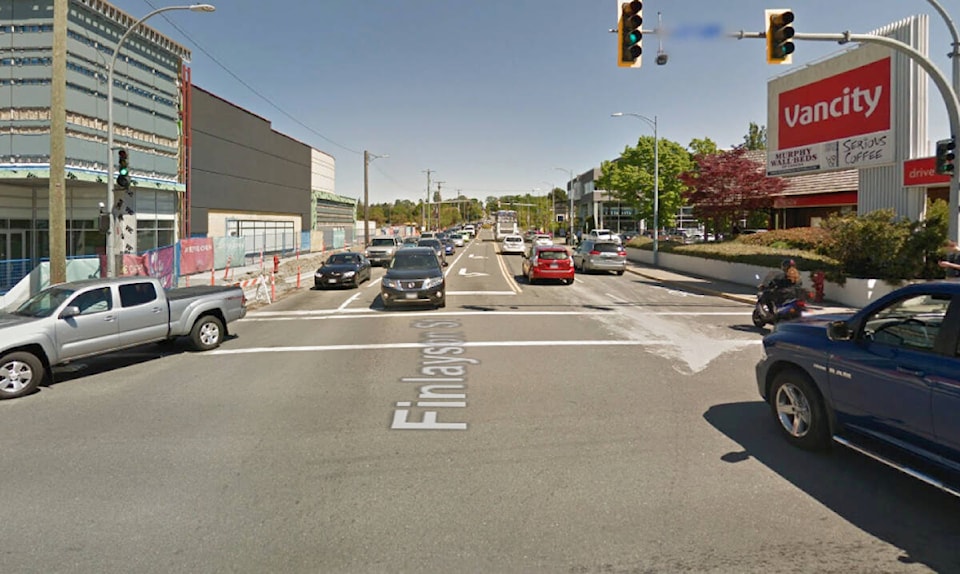“Most crashes in British Columbia happen at intersections,” says a statement from the B.C. government.
But where in Victoria do most of those crashes happen?
ICBC numbers tell the story of the number of crashes from 2018 to 2022 in Victoria.
Two areas are tied for the most crashes with 232 each during this period: Douglas Street and Finlayson Street, and Douglas Street and Gorge Road, Government Road and Hillside Avenue – the latter of which saw its annual number increase by 10 in 2022 compared to 2021.
Here are some other bad intersections for crashes:
Bay Street and Blanshard at turning lane - 213
Blanshard and Hillside and turning lane - 210
Blanshard and Finlayson and turning lane - 184
Hillside and Shelbourne - 182
Burnside and Douglas and Dunedin - 152
Bay and Quadra - 148
Hillside and Quadra - 133
Bay and Cook - 128
By comparison, here are Vancouver Island’s top 10 worst intersections based on the new data showing just 2022 (+/- from previous year):
Nanaimo: Old Island Highway, Aulds Road and Hammond Bay Road – 61 crashes (-13)
Saanich: Douglas Street, McKenzie Avenue and Patricia Bay Highway – 60 (+20)
Courtenay: Island Highway at Ryan Road – 59 (+20)
Nanaimo: Old Island Highway, Bowen Road and Norwell Drive – 58 (-2)
Saanich: Patricia Bay Highway at Sayward Road – 57 (+24)
Nanaimo: Old Island Highway, Mostar Road and Rutherford Road – 56 (+2)
Duncan: Trans-Canada Highway at Trunk Road – 54 (-5)
Victoria: Douglas Street, Gorge Road, Government Road and Hillside Avenue – 53 (+10)
Nanaimo: Old Island Highway at Enterprise Way – 50 (+4)
(tie) Duncan: Trans-Canada Highway at Beverly Street – 50 (+11)
Speed is a leading cause of death on B.C. roads. It’s a behaviour easy to change by just slowing down.
By driving at a safe speed you give yourself more time to a stop. It also reduces the impact of your vehicle should you not be able to stop.
A pedestrian hit at 30 km an hour has a 90 per cent chance of surviving.
A pedestrian hit at 50 km an hour has an 80 per cent chance of being killed.
- With additional reporting by the Nanaimo News Bulletin
READ MORE: Furious Saanich dog owners ‘lose faith’ after council passes leash rules



